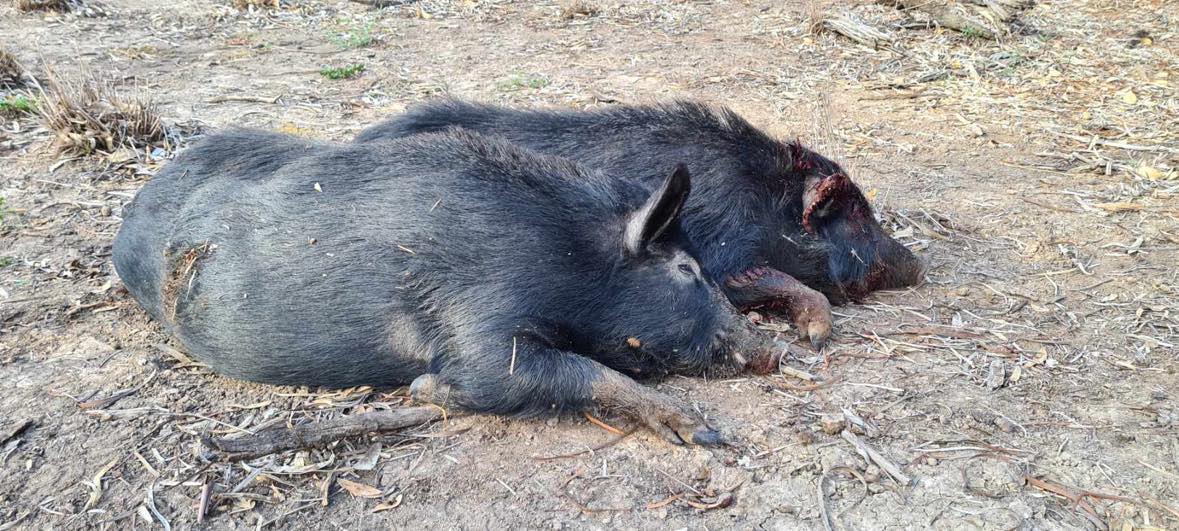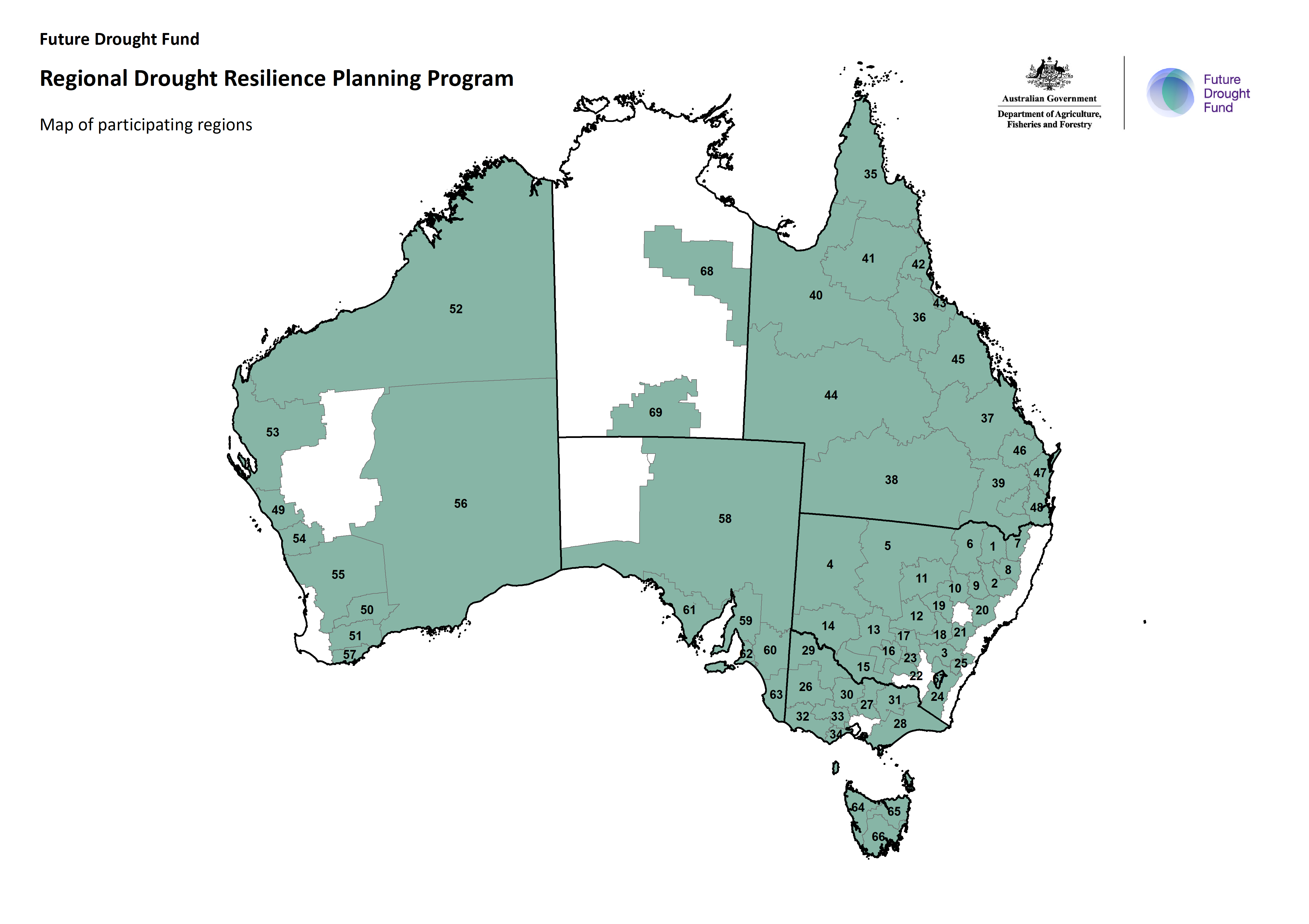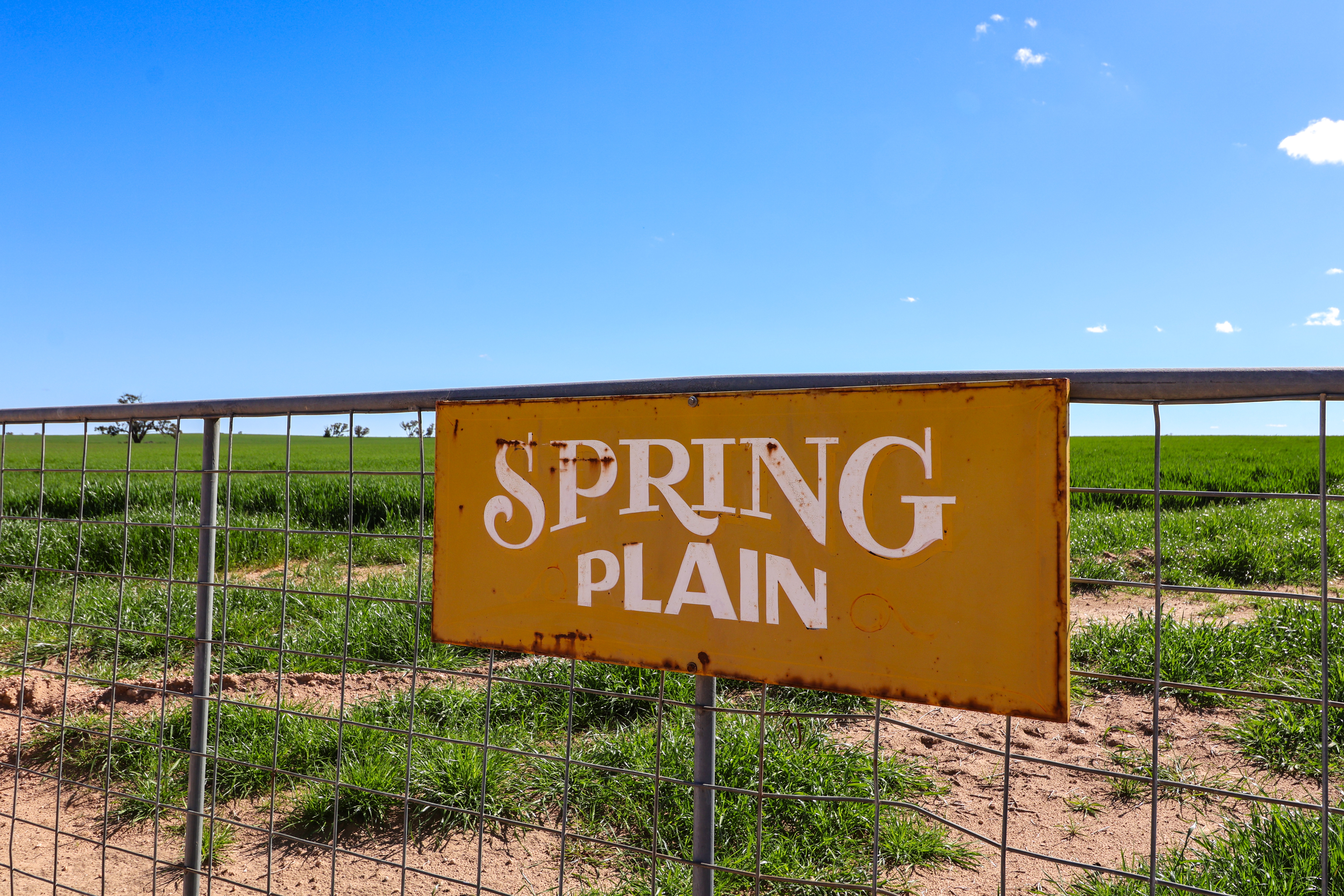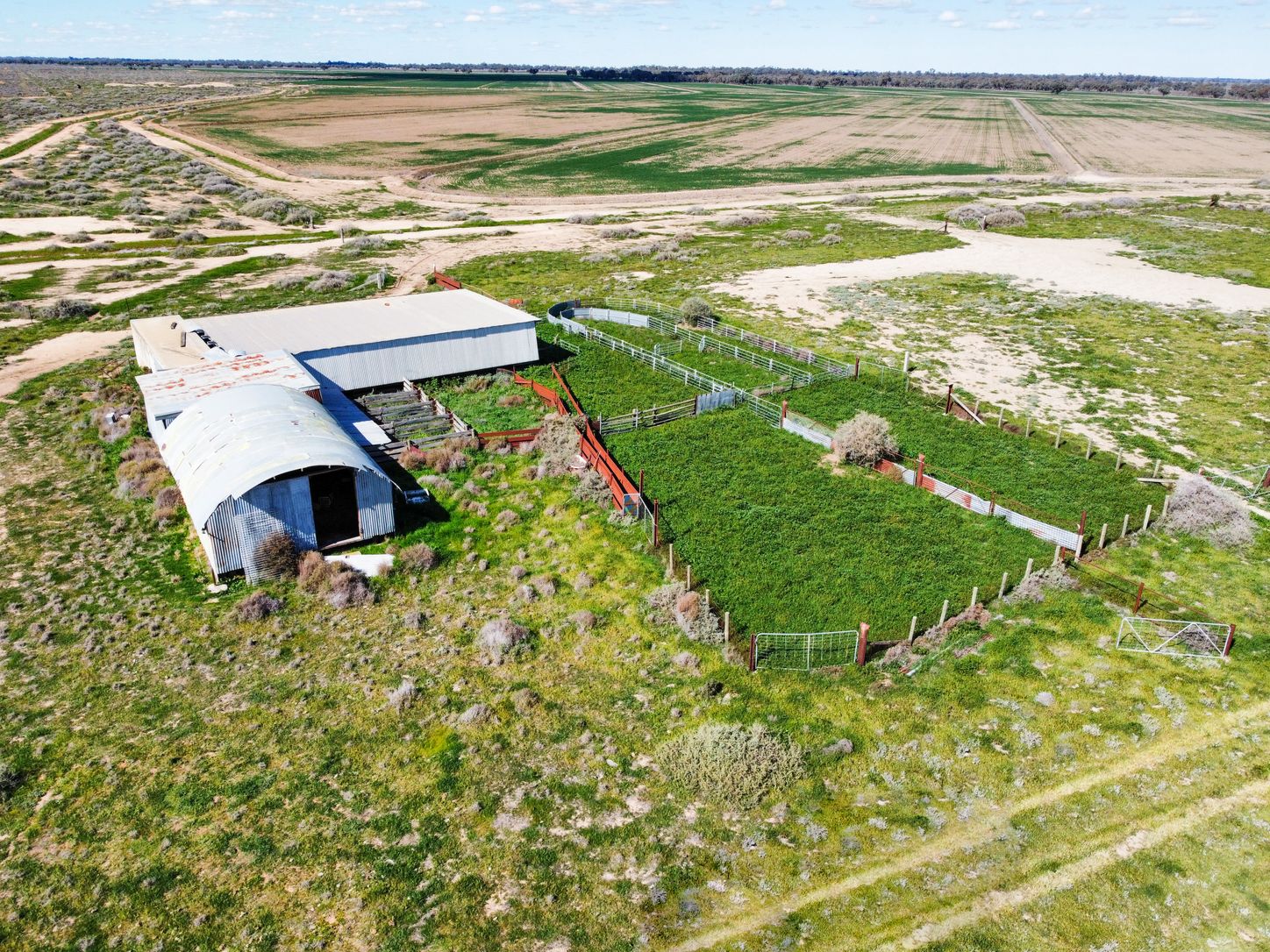Harvest fire safety: protecting your crop and your community
Kimberly Grabham
17 November 2025, 10:00 PM
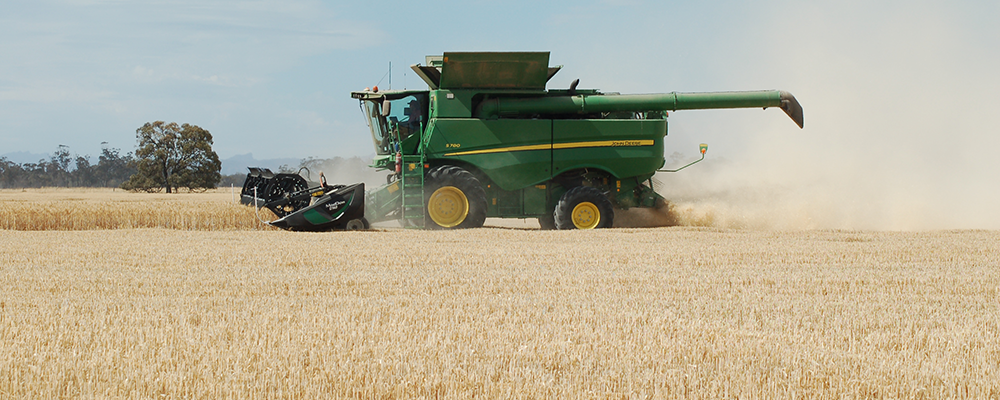
If you're harvesting grain in Australia, fire is probably one of your biggest worries, and for good reason. Agricultural research from the Kondinin Group found that on average every year, about seven percent of combine harvesters operating in Australian paddocks will start a fire.
Of those fires, 10 percent result in significant machinery or crop damage.
That's not even counting the risk to life, the potential for fires to spread to neighbouring properties, or the devastation when an entire season's work literally goes up in smoke.
The image of a harvester engulfed in flames in the middle of a dry paddock is every farmer's nightmare.
Fires which start during harvesting operations can destroy homes, crops, and livelihoods. However, many are preventable with the right knowledge, preparation, and vigilance. It's your responsibility to limit the ignition and prevent the spread of fires from your property, including fires that might start because of harvesting operations.
Understanding why these fires happen is the first step in preventing them.
Research by Dr Graeme Quick for the Grains Research and Development Corporation found that the main causes come down to machinery failure due to poor machinery hygiene and bearing failures. An extensive US study tracking harvester fires over 15 years showed that 77 percent of them started in the engine bay.
The most common culprit is crop material collecting on hot engine components like the exhaust manifold, turbocharger, and exhaust system.
Diesel exhaust components and turbochargers on combines can reach temperatures between 1,000 and 1,200 degrees Fahrenheit, with surface temperatures around 900 degrees. Most crop residue can ignite at temperatures of 500 degrees and above. When you consider that wheat can ignite anywhere between 480 and 645 degrees depending on the size of the residue, you can see how easy it is for a fire to start when crop material comes into contact with these hot components.
Once material ignites on the hot components, embers can drop down or get blown around the machine and into the crop, causing spot fires or smouldering that quickly gets out of control. Dust and chaff buildup acts like insulation, trapping heat and creating the perfect conditions for ignition.
Other common causes include failed bearings that overheat, brake problems, electrical faults, fluid leaks that can ignite, and even rock strikes that create sparks. Modern combines are increasingly made with synthetic materials for shields, panels, and fuel tanks rather than metal, which catches fire more easily.
When smouldering crop residue comes into contact with a hydraulic leak or fuel, it can quickly start a fire that spreads throughout the combine. There's been a lot of talk about static electricity causing harvester fires, particularly after a spate of incidents in South Australia. However, controlled testing found that static electricity is highly improbable as a primary cause.
Tests showed that the minimum ignition energy required was 500 millijoules in a continuous arc, but the energy in an electrostatic spark from a harvester doesn't exceed around 150 millijoules. Unless there are volatile gasoline vapours present, there simply isn't enough discharge energy to ignite crop material.
Four main influences promote harvester fires, and you need to keep all of them in mind when deciding whether to harvest. Relative humidity is crucial because low humidity means crop material is drier and more likely to ignite. It also affects how well your body cools itself if you end up fighting a fire. Ambient temperature matters because higher temperatures mean everything is already closer to ignition point. Wind is a major factor because it can disrupt the radiator fan airblast that normally keeps the exhaust area clean, and it can spread fire rapidly once it starts. Finally, crop type and conditions make a difference, with pulse crops known to be significantly more volatile than grains.
The NSW Rural Fire Service, working with NSW Farmers and Australian Custom Harvesters, has developed a voluntary grain harvesting guide. It's a simple tool that lets you measure your local weather conditions and determine whether you should continue or delay harvesting because of fire risks. The guide was originally developed by the South Australian Country Fire Association and has been adopted across NSW after successful trials. When a Harvest Safety Alert is issued for your area, it means conditions are conducive to fires breaking out. The alert recommends you stop and check local weather conditions before deciding whether it's safe to continue. It's important to understand that a Harvest Safety Alert is a non-enforceable advisory.
The decision about whether to harvest is ultimately yours, but the RFS issues these alerts because they have a responsibility to warn the public about bushfire threats.
The alert follows a simple three-step process: Stop harvesting operations. Check the weather conditions, check the grain harvesting guide, and check your equipment.
Decide whether it's safe to resume operations, and only continue if it is safe and you're regularly reassessing conditions.
The RFS acknowledges that these alerts can have a financial impact on farmers and contractors.
Nobody wants to lose harvesting days, especially when you're racing against time and weather. But they also recognise that if a fire starts under increased fire weather conditions, there could be significant impact on the safety of the broader community and even greater agricultural losses.
Stopping harvesting until weather conditions ease lowers the risk of fires breaking out and can prevent a great deal of damage.
Keeping your equipment clean is absolutely the best way to prevent fires. In a study of 9,000 grain combine fires in the US, 41 percent were caused by crop residue. It's incredibly easy for crop residue to accumulate on the engine, wiring harnesses, lights, and in all the cracks and crevices around your machine.
You should be blowing down your equipment with compressed air at least once a day during harvest, and in the worst fire conditions you might need to do it every half hour. Start cleaning at the front of the machine and work your way to the back, top to bottom. Finish by blowing air over the exhaust system to remove any remaining dust.
Consider power washing regularly to remove grease and oil, which can allow a small fire to spread rapidly. This doesn't just reduce fire risk; it improves operating efficiency and keeps your equipment cooler. Pay particular attention to the engine bay and anywhere that crop material can accumulate near hot components. Use every means possible to avoid buildup on the manifold, turbocharger, and exhaust system. Be extra wary when you've got tailwinds because they can disrupt the radiator fan airblast that normally keeps the exhaust area clean.
Beyond just keeping things clean, regular maintenance is essential. Periodically check bearings around the front and throughout the machine body. Consider using a hand-held infrared heat gun or thermal imager for temperature diagnostics on bearings and brakes. Recording bearing temperatures can help you identify ones that might need replacing before they fail and cause a fire.
Check regularly for places where chafing of fuel lines, battery cables, wires, tyres, and drive belts can occur. Look for any signs of fluid leaks.
Avoid overloading electrical circuits.
Make sure your machine is well-maintained and serviced before harvest, and redouble your efforts on days when fire risk is higher.
All operators should equip their machines with at least two fire extinguishers.
Consider storing one pair at the cab entry ladder and another pair near the engine at the back of the machine.
A high-capacity air compressor with air lances should be on board or readily available. Some farmers are investing in fire suppression systems that automatically detect and extinguish fires on the harvester, which can significantly increase your chances of stopping a fire before it destroys your machine or spreads to the crop.
When fire risk is high, adjust how you operate.
Avoid running your combine at full capacity because that increases operating temperatures.
Run the combine cab fan on medium to high setting so you can more easily detect smoke. Make sure others can communicate with you via phone or radio. Don't harvest alone if you can help it, particularly on high-risk days.
If small fires are a frequent occurrence, consider harvesting at night or in the early morning when relative humidity is highest and temperatures are cooler. Park equipment in areas without potential fuels when possible, not in standing crop or dry grass.
Before harvest even starts, you should have a fire safety plan in place.
Everyone on the farm needs to know what they'll do if a harvester fire ignites. Include an easily identifiable list of emergency numbers in the cab. Make sure everyone knows where the fire extinguishers and other fire-fighting equipment are located. Have adequate water and fire-fighting equipment in the paddock being harvested. Know your escape routes. You should have at least two ways to get to a safety zone during harvesting operations. If a fire starts and gets out of control, the combine operator and harvest crew may need to escape to a safe area. Have that planned out before you need it.
If you do have a fire on board, pull out of the crop as soon as possible and face the machine into the wind before attempting to fight it.
This gives you better chances of controlling the fire, lowers the risk, and keeps you safer. Above all else, prioritise personal safety. No machine or crop is worth dying for. Call triple zero immediately and report the fire. Even if you think you can handle it yourself, you want emergency services on the way just in case. The RFS Bush Fire Information Line is 1800 679 737 if you need advice, but for active fires, always call triple zero.
The RFS and farmers have a shared responsibility to reduce the potential for fires and protect agricultural assets.
The voluntary grain harvesting guide is a partnership tool designed to help you make informed decisions. It's not about stopping you from harvesting; it's about giving you the information you need to harvest safely.
If a Harvest Safety Alert is in effect for your area, take it seriously. Use the grain harvesting guide, monitor conditions, and make the call about whether it's safe to operate. Remember that conditions can vary even within an alert area. Your local weather might allow for safe operations even if the broader area is under alert, but you need to be constantly reassessing using the guide.
Harvest fires don't just affect the farmer whose machine caught alight.
They can spread to neighbouring properties, destroy homes, threaten lives, and tie up emergency services that might be needed elsewhere.
During harvest season, rural fire brigades are often already stretched thin dealing with fires across their districts. One harvester fire that gets away can quickly become a major incident affecting an entire community. By taking fire prevention seriously, maintaining your equipment properly, using the grain harvesting guide, and making good decisions about when to harvest, you're not just protecting your own investment. You're being a responsible member of your community and helping keep everyone safe. The financial pressure to keep harvesting is real.
Every day matters when you're trying to get the crop off. But the cost of a major fire - in machinery, in crop, potentially in property or even lives - far outweighs the cost of shutting down for a few hours or a day to let conditions improve. It's not always an easy call to make, but it's the right one when conditions warrant it. Harvest safely, stay vigilant, and remember that you can always pick up a Grain Harvesting Guide sticker from your local Fire Control Centre if you need one. For more information, visit the NSW RFS website or call the Bush Fire Information Line.
Your local RFS brigade is there to help, not to make your life difficult. Work with them, use the tools they provide, and we can all get through harvest season safely.
NEWS
SPORT
RURAL
COMMUNITY
COMMERCIAL PROPERTY



